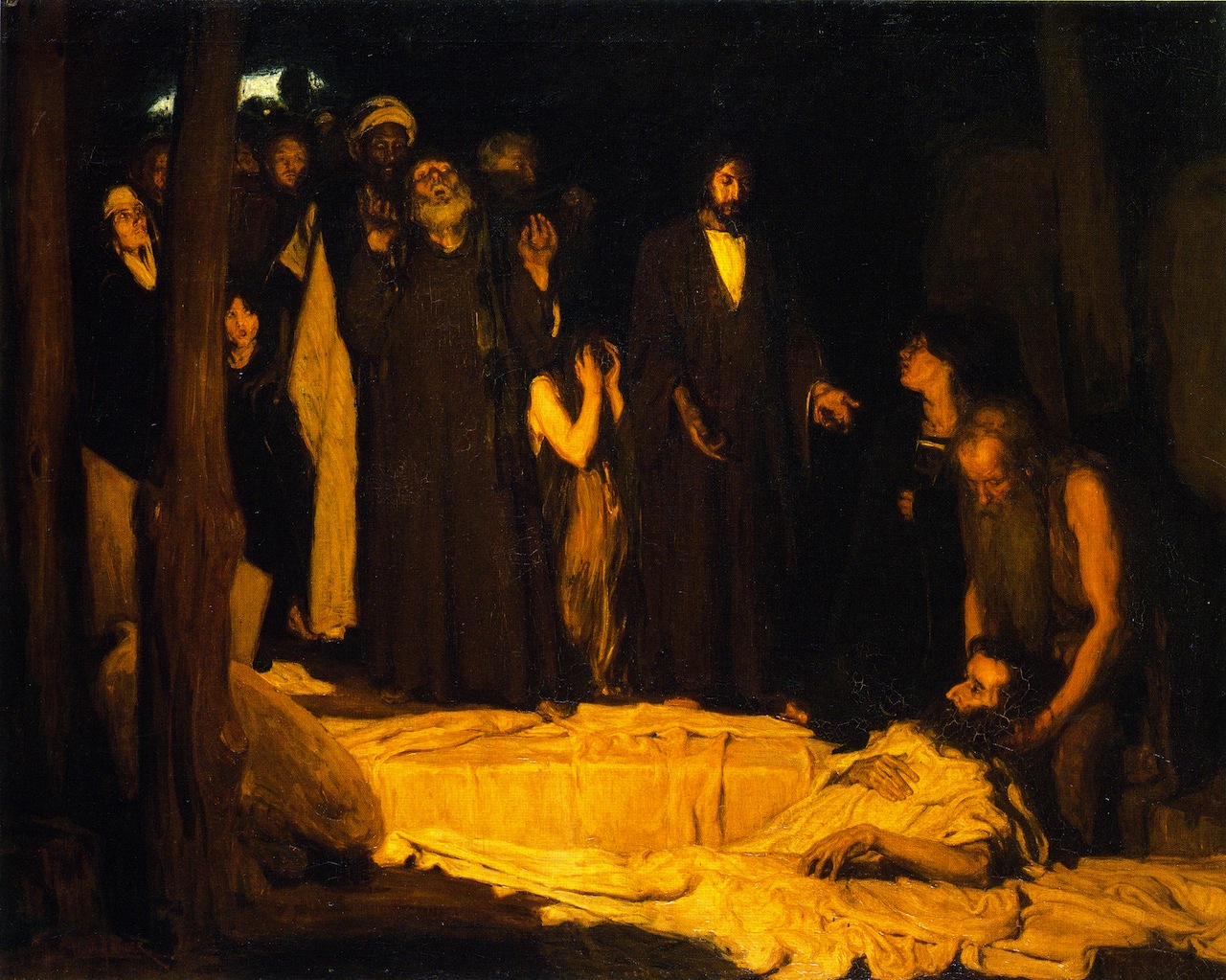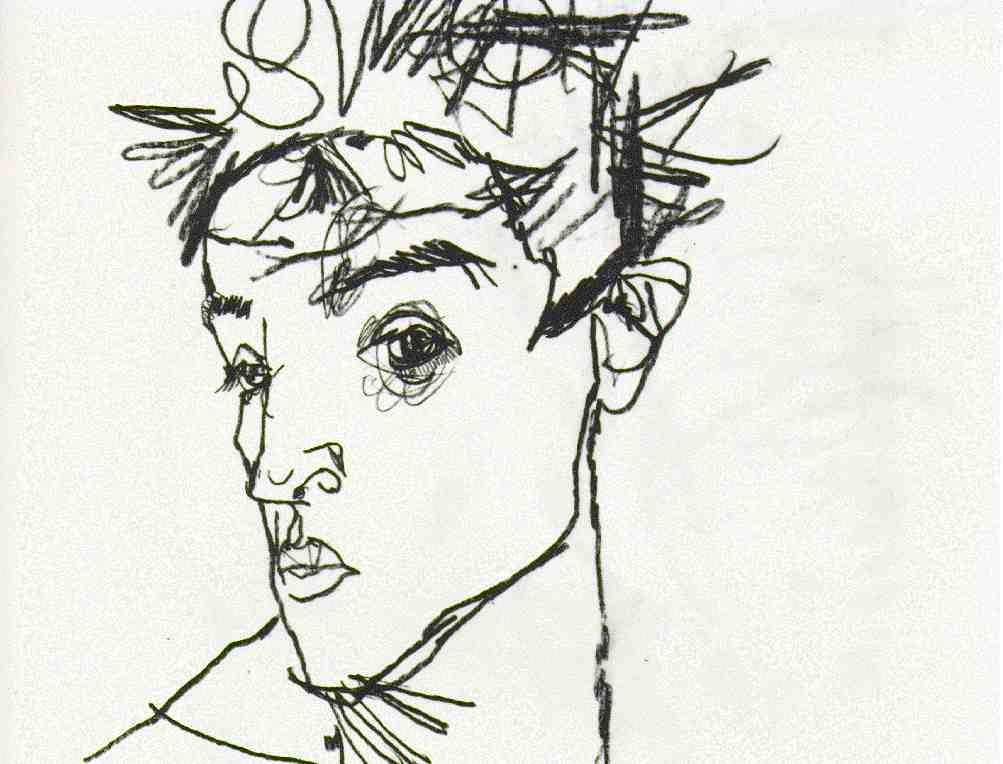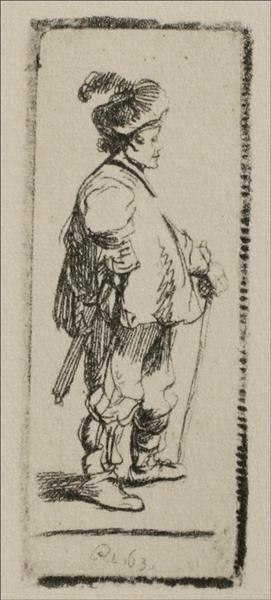_________________________________________
Balance- A stable arrangement of subjects within a composition.
Blind Contour- A blind contour is a drawing where you draw the contours of your subject without looking down at your paper. They very often resemble grotesque versions of the actual subject.
Composition- Refers to the organization, arrangement, and combination of objects within the borders of a drawing space. Many "rules" define a good composition, but these rules are only guidelines. Your personal preferences and natural instincts are also important.
Contour- Similar to a blind contour in the fact that you draw the contours of your subject, however you are 'permitted' to occasionally look down at your paper. Contour drawings tend to look more 'normal' compared to their blind counterpart.
 |
| The Floor Scrapers Study by Gustave Caillebotte |
 |
| Studies for William Rush by Thomas Eakins |
Contrast- Extremes of light and dark values that create shapes and patterns in your composition. In the first example below, the figure being in high contrast with the background helps her to stand out to the viewer, and in the second example, the high contrast of light and dark helps to imply dramatic lighting.
 |
| General German Poster Exhibition for Trade Industry and Agriculture by Alphonse Mucha |
 |
| The Ressurection of Lazuras by Henry Ossawa Tanner |
Cross hatching- Cross hatching is a technique to add value to a piece using angled lines. The closer and more over lapped the lines are, the darker the area will be--and vice versa.
Focal Point- A primary center of interest (or focus) in a drawing.
Hatching- Is a technique used to create tonal or shading effects by drawing closely spaced parallel lines. Hatching is especially important in essentially linear media, such as drawing, and many forms of printmaking
 |
| Femme de Dos (négresse) by George Seurat |
Lines: Navigation tools used to guide the viewer through the different elements of a drawing.
- Actual- bold black lines, may vary greatly in weight, character, and other qualities.

- Implied- Are created by positioning a series of points so that the eye tends to automatically connect them. In a
representational drawing, leading lines are usually implied, rather than
actual. For example, in a realistic landscape drawing, a leading line can be a
pathway, a river, a row of trees, or a fence. When properly rendered, the eye
follows this line (or lines) directly into and through the drawing. Another example of emplied lines are lines of sight, or when you can tell what direction a person is looking based off of where their eyes are.

- Various
types of lines put diverse emotions and moods in your compositions. Remain conscious of the following effects lines can have in your drawings:
- Horizontal lines create stability, peace, and serenity.
- Vertical lines reflect strength, grandeur, and dignity.
- Diagonal lines offer a sense of movement and power. When diagonal lines meet to form an arrow, they can direct the viewer's eye.

Negative Space- The space within your drawing not occupied by a focal point, important subject, or area of interest. In the below example, the space in the upper left hand corner is considered negative space.
 |
| Booker T Washington by Henry Ossawa Tanner |
Overlapping- The visual separation of a drawing into foreground, middle ground, and distant space by overlapping (or layering) objects. Overlapping is very important when establishing depth of a composition.
_-_Google_Art_Project.jpg) |
| The Gross Clinic by Thomas Eakins |
Outline- A basic outline of your subject. Unlike gestures in that you do not get the sense that you are looking at a three dimensional object.
Proportion- The amount of space allocated to the various components of a drawing. In the below example, the proportions of the figures and their clothing is greatly exaggerated in the artists style.
 |
| After the Arnolfini van Eyck by Fernando Botero |
 |
| The Starry Night by Vincent van Gogh |











No comments:
Post a Comment